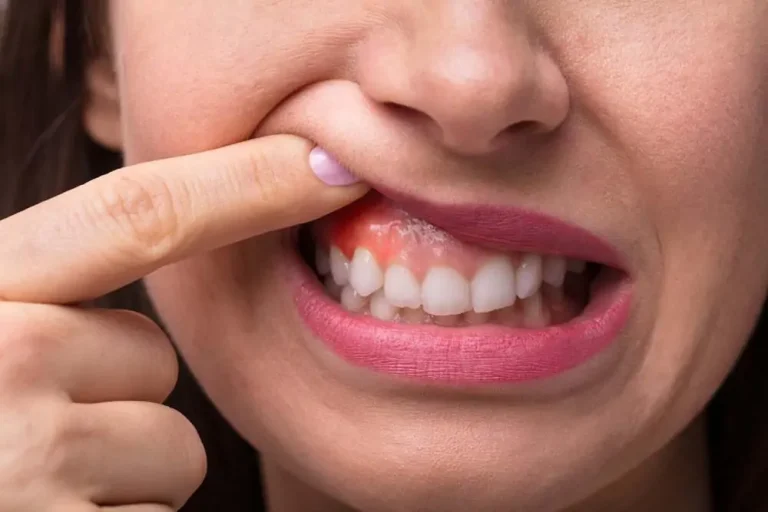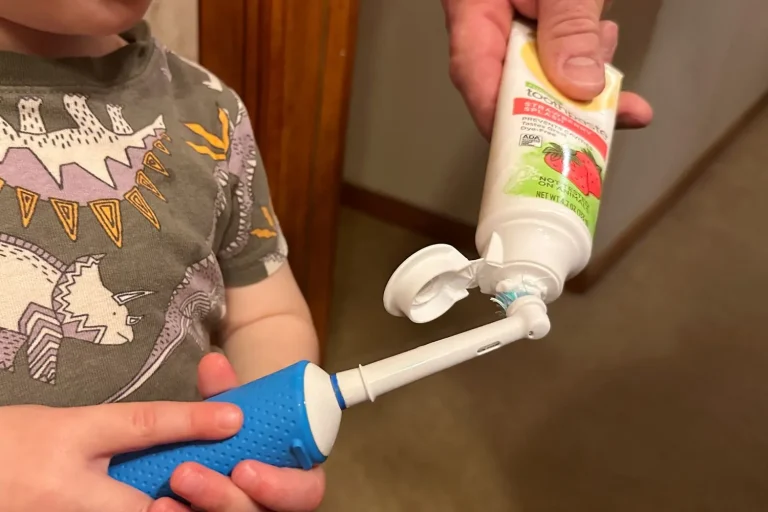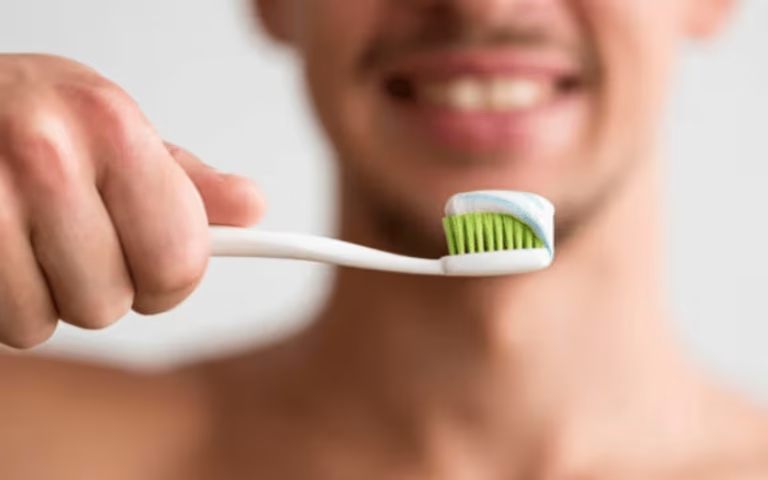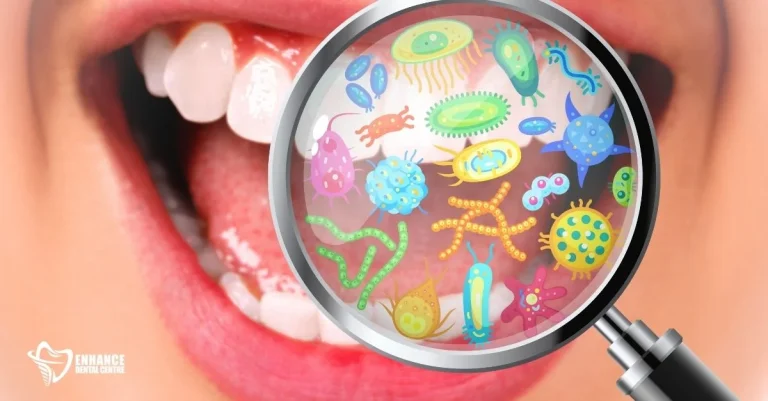The Microbiome Diet: Foods that Nourish Your Oral Bacteria
When you think about keeping your teeth healthy, what’s the first thing that comes to mind? Brushing twice a day? Flossing? Regular dental checkups? While those are all super important, there’s another piece of the puzzle that often gets overlooked—your diet. Yep, what you eat doesn’t just affect your waistline or energy levels; it plays a huge role in the health of your mouth, too.
Enter the oral microbiome—a bustling community of bacteria living in your mouth. Sounds a little weird, right? But these tiny microbes are actually your allies when it comes to fighting off cavities, gum disease, and even bad breath. The catch? They need the right kind of fuel to thrive. That’s where the microbiome diet comes in.
In this article, we’re diving into the foods that nourish your oral bacteria and keep your smile in tip-top shape. We’ll also talk about what to avoid (spoiler: sugar is public enemy #1) and share some insights from the book Heal Your Oral Microbiome. By the end, you’ll have a game plan for eating your way to better dental health. So, grab a cup of coffee (or tea, if that’s your thing) and let’s get into it!
What is the Oral Microbiome and Why Does It Matter?
Okay, let’s break it down: your oral microbiome is basically a tiny ecosystem of bacteria, fungi, and other microorganisms that call your mouth home. Think of it like a bustling city, where some residents are helpful neighbors and others… well, not so much. The good guys in this community help digest food, protect against harmful invaders, and even keep your breath fresh. But when the balance gets thrown off—say, by too much sugar or not enough cleaning—the bad bacteria can take over, leading to problems like cavities, gum disease, and even systemic health issues.
Here’s the kicker: your oral health is a window to your overall health. Studies have shown that an unhealthy oral microbiome can be linked to heart disease, diabetes, and other chronic conditions. So, keeping your mouth’s microbial community happy isn’t just about avoiding a trip to the dentist—it’s about supporting your whole body.
But how do you keep this delicate balance in check? It’s not just about brushing and flossing (though those are still non-negotiables). What you eat plays a starring role. The right foods can feed the good bacteria, while the wrong ones can give the bad guys a free pass to wreak havoc. Ready to learn which foods make the cut? Let’s dig in.
Prebiotic-Rich Foods: Fuel for Your Oral Bacteria
Let’s get real for a second—your oral microbiome is like a tiny garden, and just like any garden, it needs the right kind of nourishment to flourish. Enter prebiotics, the unsung heroes of gut and oral health. These aren’t the same as probiotics (the live bacteria found in yogurt and fermented foods), but they’re just as important. Prebiotics are essentially the food that feeds the good bacteria in your mouth, helping them grow strong and keep the bad guys in check.
So, what’s on the prebiotic menu? Here’s a lineup of foods that’ll make your oral bacteria do a happy dance:
- Leafy Greens: Spinach, kale, and arugula aren’t just Instagram-worthy salad toppings—they’re packed with vitamins and minerals that support healthy gums and teeth. Plus, their fibrous texture helps scrub your teeth as you chew.
- Crunchy Vegetables: Carrots, celery, and cucumbers are like nature’s toothbrushes. Their crunchiness stimulates saliva production, which helps wash away food particles and bacteria. Bonus: they’re low in calories but high in nutrients.
- Apples and Pears: These fruits are high in fiber and water, making them a great snack for your oral microbiome. Just remember to eat them whole—juice doesn’t have the same benefits.
- Onions and Garlic: Okay, they might not be the best for your breath, but these kitchen staples are natural prebiotics that help balance your oral bacteria. Pair them with parsley to freshen things up!
- Whole Grains: Foods like oats, quinoa, and brown rice are rich in fiber and nutrients that support both your oral and overall health. Swap out refined grains for these healthier options whenever you can.
Want to make these foods a regular part of your diet? Here are a few easy ideas:
- Add a handful of spinach to your morning smoothie.
- Snack on carrot sticks with hummus or guacamole.
- Toss some chopped onions and garlic into your soups or stir-fries.
- Swap white rice for quinoa or brown rice at dinner.
Small changes like these can add up to big benefits for your smile. But while we’re talking about what to eat, let’s not forget the foods that can throw your oral microbiome out of whack. Up next, we’ll dive into the culprits you’ll want to avoid. Trust me, your teeth will thank you.
Foods to Avoid: Sugar and Processed Foods
Alright, let’s talk about the dark side of the dietary spectrum—foods that can sabotage your oral microbiome and leave your teeth vulnerable to trouble. If prebiotic-rich foods are the heroes of this story, sugar and processed foods are definitely the villains.
First up: sugar. It’s no secret that sugar is bad for your teeth, but do you know why? When you eat sugary foods, the harmful bacteria in your mouth throw a party. They feast on the sugar, producing acid as a byproduct. This acid wears down your tooth enamel, leading to cavities and tooth decay. And it’s not just candy and soda you need to watch out for—hidden sugars lurk in everything from pasta sauce to granola bars.
Processed foods are another big offender. These are often loaded with refined carbs (think white bread, chips, and crackers) that break down into sugar in your mouth. Plus, they’re usually low in nutrients, which means they don’t do much to support your overall health—or your oral microbiome.
Here’s a quick list of foods to limit or avoid:
- Sugary Snacks: Candy, cookies, cakes, and pastries are obvious culprits, but don’t forget about “healthy” snacks like flavored yogurt or dried fruit, which can be packed with added sugar.
- Sugary Drinks: Soda, energy drinks, and even fruit juice can bathe your teeth in sugar and acid.
- Refined Carbs: White bread, pasta, and crackers break down into simple sugars that feed harmful bacteria.
- Processed Snacks: Chips, pretzels, and other packaged snacks often contain little nutritional value and can stick to your teeth, creating a breeding ground for bacteria.
Now, I’m not saying you can never enjoy a treat—life’s too short for that! But moderation is key. If you do indulge, try to rinse your mouth with water afterward or chew sugar-free gum to stimulate saliva flow and wash away some of the sugar.
By cutting back on sugar and processed foods, you’re not just doing your teeth a favor—you’re giving your oral microbiome a fighting chance to stay balanced and healthy. Up next, we’ll dive into some expert insights from Heal Your Oral Microbiome to help you fine-tune your diet for optimal dental health. Stay tuned!
Insights from Heal Your Oral Microbiome
If you’re serious about taking your oral health to the next level, Heal Your Oral Microbiome by Dr. Cass Nelson-Dooley is a must-read. This book dives deep into the science of the oral microbiome and offers practical advice on how to support it through diet and lifestyle changes. Here are some key takeaways that can help you transform your dental health:
1. Fermented Foods Are Your Friends
Fermented foods like yogurt, kefir, sauerkraut, and kimchi are packed with probiotics—live bacteria that can help balance your oral microbiome. These foods introduce beneficial bacteria into your system, which can crowd out the harmful ones. Plus, they’re delicious and easy to incorporate into your meals. Try adding a spoonful of sauerkraut to your salad or enjoying a bowl of yogurt with fresh berries for breakfast.
2. Avoid Artificial Sweeteners
While they might seem like a healthier alternative to sugar, artificial sweeteners like aspartame and sucralose can disrupt your oral microbiome. According to Dr. Nelson-Dooley, these synthetic additives can alter the balance of bacteria in your mouth, potentially leading to issues like bad breath and gum disease. Stick to natural sweeteners like stevia or small amounts of honey if you need a touch of sweetness.
3. Eat the Rainbow
A diverse diet rich in colorful fruits and vegetables provides a wide range of nutrients that support both your oral and overall health. Each color represents different vitamins, minerals, and antioxidants that help keep your gums healthy and your teeth strong. For example, red bell peppers are high in vitamin C, which is essential for gum health, while blueberries are packed with antioxidants that fight inflammation.
4. Stay Hydrated
Water is essential for maintaining a healthy oral microbiome. It helps wash away food particles and bacteria, prevents dry mouth (which can lead to bad breath and tooth decay), and keeps your saliva flowing. Saliva is your mouth’s natural defense system, so staying hydrated is a simple yet powerful way to protect your teeth and gums.
5. Chew Your Food Thoroughly
Chewing isn’t just about breaking down your food—it’s also a workout for your mouth. The act of chewing stimulates saliva production, which helps neutralize acids and wash away bacteria. Plus, it gives your oral microbiome more time to interact with the nutrients in your food, making it easier for those good bacteria to thrive.
By incorporating these insights into your daily routine, you can create a diet that supports a healthy oral microbiome and keeps your smile shining bright. But don’t stop there—let’s wrap things up with some practical tips to help you put all this knowledge into action.
Practical Tips for a Microbiome-Friendly Diet
Now that you know which foods to embrace and which to avoid, let’s talk about how to make these changes stick. After all, knowing what to do is one thing—actually doing it is another. Here are some practical, no-nonsense tips to help you eat your way to a healthier oral microbiome:
1. Start Small
You don’t have to overhaul your diet overnight. Begin by making one or two changes at a time. For example, swap your afternoon candy bar for an apple or add a side of steamed veggies to your dinner. Small, consistent changes are easier to maintain and can lead to big results over time.
2. Plan Your Meals
Meal planning might sound like a chore, but it’s a game-changer when it comes to eating healthier. Take a few minutes each week to plan out your meals and snacks. Stock up on prebiotic-rich foods like leafy greens, crunchy veggies, and whole grains so you always have healthy options on hand.
3. Snack Smart
Snacking can be a minefield for your oral microbiome, especially if you’re reaching for sugary or processed foods. Instead, opt for microbiome-friendly snacks like:
- Sliced cucumbers with hummus
- A handful of nuts or seeds
- Fresh fruit with a sprinkle of cinnamon
- Plain yogurt with a drizzle of honey
4. Read Labels
Sugar and artificial sweeteners hide in places you’d never expect, like bread, salad dressing, and even “healthy” snacks. Get in the habit of reading food labels to avoid sneaky additives. Look for products with short ingredient lists and minimal added sugars.
5. Stay Hydrated
Water is your mouth’s best friend. It helps wash away food particles, keeps your saliva flowing, and supports a balanced oral microbiome. Carry a reusable water bottle with you and sip throughout the day. If plain water feels boring, add a slice of lemon or cucumber for a refreshing twist.
6. Chew Sugar-Free Gum
Chewing sugar-free gum after meals can help stimulate saliva production, which neutralizes acids and washes away bacteria. Look for gum sweetened with xylitol, a natural sugar alcohol that’s been shown to reduce harmful bacteria in the mouth.
7. Don’t Forget Your Dental Routine
While diet plays a huge role in oral health, it’s not a substitute for good dental hygiene. Brush twice a day, floss daily, and visit your dentist regularly for checkups and cleanings. Think of it as a one-two punch for a healthy smile.
8. Experiment with Fermented Foods
If you’re new to fermented foods, start small. Try adding a spoonful of sauerkraut to your sandwich or mixing kimchi into your rice bowl. Over time, you might find yourself craving these tangy, probiotic-packed treats.
9. Listen to Your Body
Everyone’s oral microbiome is unique, so pay attention to how your body responds to different foods. If something doesn’t agree with you, don’t force it. The goal is to find a diet that works for you and supports your overall health.
10. Celebrate Progress, Not Perfection
Let’s be real—no one eats perfectly all the time. If you slip up and indulge in a sugary treat, don’t beat yourself up. Just get back on track with your next meal. Progress, not perfection, is what matters.
By following these tips, you’ll be well on your way to nourishing your oral microbiome and supporting a healthier, happier smile. But before we wrap things up, let’s tie it all together with a final thought.
Conclusion
Taking care of your oral microbiome isn’t just about brushing and flossing—it’s about feeding your mouth the right kind of fuel. By incorporating prebiotic-rich foods, cutting back on sugar and processed snacks, and making small, sustainable changes to your diet, you can create an environment where good bacteria thrive and your smile stays healthy.
Remember, it’s not about being perfect; it’s about making better choices most of the time. Whether it’s swapping out sugary drinks for water, adding more leafy greens to your plate, or experimenting with fermented foods, every little step counts. Your oral microbiome is a living, breathing part of your body, and it deserves the same care and attention as the rest of you.
So, what’s your first step going to be? Maybe it’s trying a new recipe with prebiotic-packed ingredients or simply drinking more water throughout the day. Whatever it is, start today—your teeth (and your whole body) will thank you.
And hey, if you’re ready to take your oral health to the next level, why not schedule a checkup with your dentist? They can give you personalized advice and help you stay on track. Here’s to a healthier smile, one bite at a time!
FAQs
1. What is the oral microbiome?
The oral microbiome is a community of bacteria, fungi, and other microorganisms living in your mouth. Some are beneficial, aiding digestion and protecting against harmful invaders, while others can cause problems if the balance is disrupted.
2. Why is the oral microbiome important?
A healthy oral microbiome is crucial for preventing cavities, gum disease, and bad breath. It’s also linked to overall health, with imbalances potentially contributing to conditions like heart disease and diabetes.
3. What are prebiotics, and why are they good for my oral microbiome?
Prebiotics are foods that feed the good bacteria in your mouth, helping them thrive. Examples include leafy greens, crunchy vegetables, apples, pears, onions, garlic, and whole grains.
4. What foods should I avoid for a healthy oral microbiome?
Limit or avoid sugary snacks, sugary drinks, refined carbs (white bread, pasta), and processed snacks, as these can feed harmful bacteria and disrupt the balance of your oral microbiome.
5. How do fermented foods help the oral microbiome?
Fermented foods like yogurt, kefir, sauerkraut, and kimchi contain probiotics (live bacteria) that introduce beneficial bacteria into your mouth, helping to balance the oral microbiome.
6. Are artificial sweeteners a good alternative to sugar for oral health?
No, artificial sweeteners like aspartame and sucralose can disrupt your oral microbiome and may lead to issues like bad breath and gum disease.
7. How does staying hydrated benefit my oral microbiome?
Water helps wash away food particles and bacteria, prevents dry mouth (which can lead to bad breath and tooth decay), and keeps your saliva flowing, which is your mouth’s natural defense system.
8. Does chewing gum help my oral microbiome?
Yes, chewing sugar-free gum after meals can stimulate saliva production, which neutralizes acids and washes away bacteria. Gum with xylitol is especially beneficial as xylitol can reduce harmful bacteria.
9. Besides diet, what else can I do to support a healthy oral microbiome?
Maintain a good dental hygiene routine: brush twice a day, floss daily, and visit your dentist regularly for checkups and cleanings.
10. How can I start making changes to improve my oral microbiome through diet?
Start small by making one or two changes at a time, like swapping sugary snacks for healthier options, adding more leafy greens to your meals, or experimenting with fermented foods.







